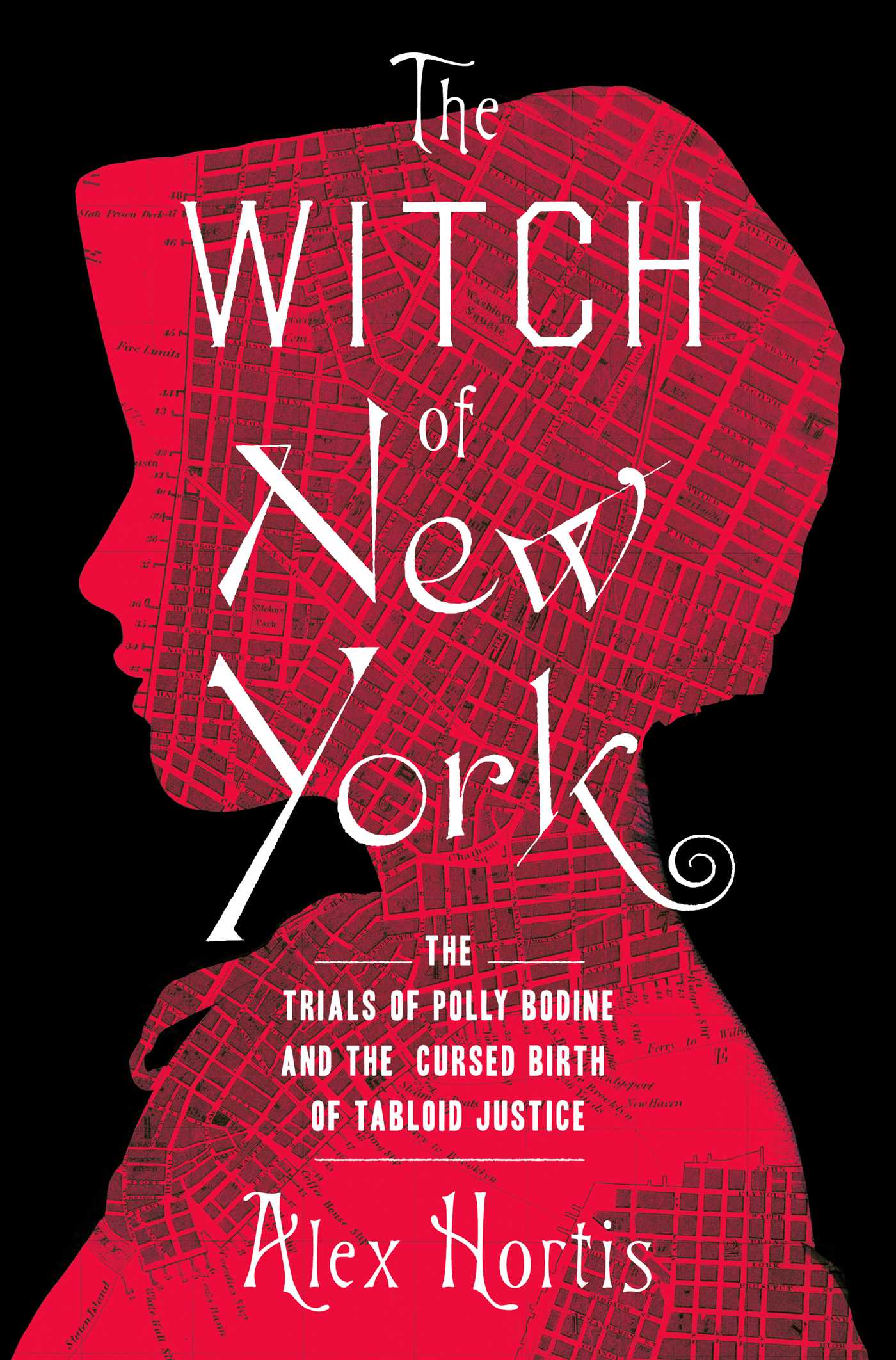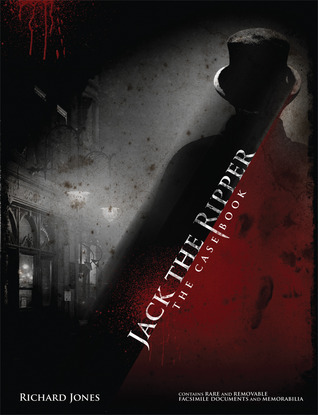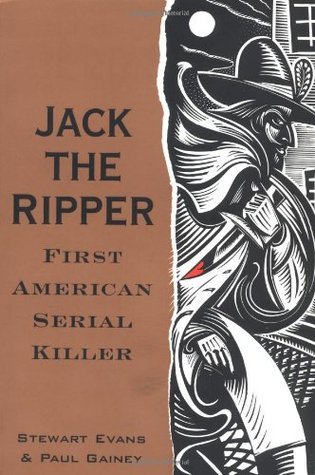
The Beautiful Cigar Girl: Mary Rogers, Edgar Allan Poe, and the Invention of Murder
Book Description
A beautiful cigar girl is found dead, her lifeless body stirring the hearts and minds of a city gripped by fear. As whispers of scandal echo through New York’s bustling streets, Edgar Allan Poe, haunted by his own demons, is drawn into an investigation that blurs the line between obsession and revelation. With each chilling clue, the shadows of crime, passion, and the birth of sensational journalism unfurl, unveiling a mystery that might forever change the landscape of storytelling and truth. Can the echoes of one woman’s tragic fate illuminate the darkest corners of a society teetering on the edge?
Quick Book Summary
Daniel Stashower's "The Beautiful Cigar Girl" explores the sensational 1841 murder of Mary Rogers, a popular New York shop girl whose mysterious death captured the public imagination and fueled an explosion of crime reporting and speculation. Blending true crime, history, and literary biography, the book links Mary’s unsolved case to the emergence of mass media and the rise of celebrity journalism. Edgar Allan Poe, struggling with personal and professional turmoil, becomes obsessed with Mary Rogers’s story and eventually fictionalizes it in his groundbreaking detective tale, "The Mystery of Marie Roget." Stashower deftly sets the murder against the backdrop of a rapidly changing America and examines how the case both reflected and profoundly shaped popular culture, crime solving, and storytelling.
Summary of Key Ideas
Table of Contents
The Birth of Sensational Crime Reporting
In the heart of 19th-century New York City, the murder of Mary Rogers—known as the "Beautiful Cigar Girl" for her job at a bustling tobacco shop—rocked society and became the city’s most notorious unsolved crime. Stashower sets the scene vividly, describing how Mary’s disappearance and the subsequent discovery of her body sparked widespread outrage, fear, and wild rumors. Her status as both working-class celebrity and enigmatic beauty focused public fascination, leading newspapers to cover the case with unprecedented fervor, transforming the reporting of crime from staid descriptions to lurid, detailed narratives that fed the public's appetite for suspense and scandal.
Edgar Allan Poe and the Genesis of Detective Fiction
Edgar Allan Poe, already prominent as a literary figure but haunted by personal difficulties, became enthralled by the Rogers mystery. He saw in the sensational coverage and absence of resolution an opportunity to pioneer a new form of storytelling. Poe’s obsession culminated in his writing "The Mystery of Marie Roget," a work that transposed Mary’s story to Paris and became the first true detective story based on a real crime. Stashower illustrates how Poe utilized logic and deductive reasoning within fiction and, in doing so, laid the groundwork for the entire detective fiction genre, influencing later writers and the public’s perception of detective work.
Public Fascination and Urban Anxiety
The book delves into how the Rogers case symbolized anxieties about urban life, gender, and morality in America’s rapidly expanding cities. Vivid accounts of the investigation reveal deep-seated fears: strangers in the city, threats to women’s safety, and the limitations of a still-developing police force. Stashower discusses the evolving role of journalists, who not only reported on crimes but also became active participants in the search for justice, propelling the development of what would become tabloid journalism and true crime writing. This case proved pivotal in attracting widespread interest that both captivated and alarmed a growing urban populace.
Mary Rogers: Victim and Cultural Icon
Mary Rogers, while a real and tragic figure, quickly transformed into a symbol—a blank slate onto which society projected its anxieties and fantasies. Her story was sensationalized, dissected, and mythologized, revealing the era’s complicated attitudes toward women, victimhood, and celebrity. Stashower shows how the media’s treatment rendered Mary both intensely present and frustratingly unknowable, ensuring her case would outlive its era and remain enigmatic to later generations as well.
The Limits of Investigation and Enduring Mystery
Despite the intensive investigation and persistent media attention, Mary Rogers’s murder was never definitively solved. Stashower details the many theories and suspects, but ultimately emphasizes the enduring ambiguity at the heart of the story. This lack of closure not only haunted Poe but contributed to the birth of a new literary and cultural fascination with unsolved mysteries, ambiguity, and the process of investigation itself—a legacy that persists in true crime and detective fiction today.
Download This Summary
Get a free PDF of this summary instantly — no email required.





